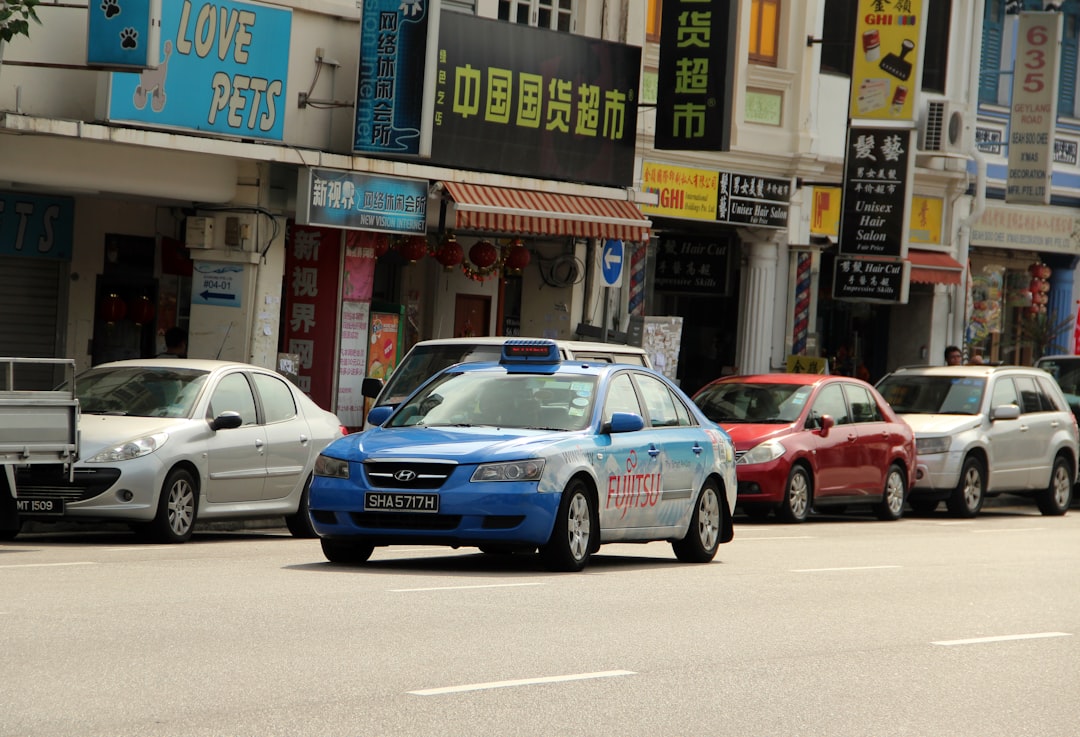Road safety is a critical concern for communities around the world. With rising numbers of vehicles and increasingly distracted driving behavior, ensuring the safety of all road users has become more challenging than ever. One of the widely debated and implemented measures for improving road safety is the increased presence of police officers on streets and highways. But how exactly does a robust police presence contribute to safer roads? Let’s explore the impact and effectiveness of this strategy.
The Psychology Behind Police Visibility
Human behavior is often influenced by the belief of being watched. When drivers are aware of a visible law enforcement presence, they are more likely to adhere to speed limits, obey traffic signals, and avoid reckless actions such as tailgating or aggressive lane changing. This phenomenon, often referred to as the deterrence effect, serves as a psychological nudge encouraging responsible behavior behind the wheel.
Studies have shown that drivers tend to drive more cautiously when patrol cars are seen along the route or when they pass traffic checkpoints. Even parked police vehicles or dummy patrol cars equipped with lights can signal surveillance and bring about safer driving attitudes.

Tangible Reductions in Accident Rates
Many jurisdictions that have increased the number of officers monitoring traffic have reported a noticeable drop in road accidents. This is not merely a coincidence. The presence of law enforcement personnel on roads contributes to:
- Lower vehicle speeds in high-risk areas
- Quick intervention in case of risky driving or road incidents
- Deterrence of impaired driving through spot checks and DUI enforcement
- Increased public awareness about traffic regulations and penalties
Even in metropolitan areas with complex traffic patterns, increased patrol efforts have led to a decline in serious incidents such as high-speed chases and fatal crashes, affirming the practical outcomes of this initiative.
Supporting Road Safety Campaigns
Police presence doesn’t only serve the role of enforcement — it’s also a vital part of public education. Officers often participate in or lead road safety campaigns, conduct school visits to educate young people about safe practices, and liaise with community groups to spread awareness about common driving hazards.
This proactive engagement enhances trust in law enforcement and reinforces a culture of safety on the roads by reminding drivers that rules are not just about penalties, but about preserving lives.

Technology and Modern Policing
Modern police departments leverage technology such as speed cameras, license plate recognition systems, and real-time GPS to enhance their presence and effectiveness. These tools allow officers to monitor wider areas with fewer resources while still maintaining a noticeable enforcement footprint.
Data collected from such technologies also help in identifying dangerous road segments that may require further police attention or infrastructure redesign.
Challenges and Community Perception
While increased police visibility contributes to safer roads, it works best when implemented thoughtfully. Over-policing or aggressive enforcement can lead to tensions within communities, especially in areas where residents already feel disproportionately targeted. It’s important for local governments and police departments to strike a balance between enforcement and community engagement.
In addition, consistent training and accountability mechanisms are essential to ensure that officers use fair practices and foster positive relationships with the communities they serve.
A Comprehensive Strategy
In the broader context of traffic safety, police presence is just one pillar of a successful strategy. Other components include:
- Public education on traffic laws
- Infrastructure improvements such as better lighting and signage
- Vehicle safety regulations
- Effective emergency response systems
Together, these elements form a cohesive framework in which law enforcement acts as a key enforcer and communicator of road safety priorities.
Conclusion
Increased police presence plays a significant role in enhancing road safety. Through deterrence, rapid response, public education, and the intelligent use of technology, law enforcement officers create an environment where cautious and respectful driving is the norm rather than the exception. When paired with other road safety initiatives and strong community relations, this approach can lead to lasting improvements in traffic safety and a noticeable reduction in roadway fatalities.


Leave a Reply